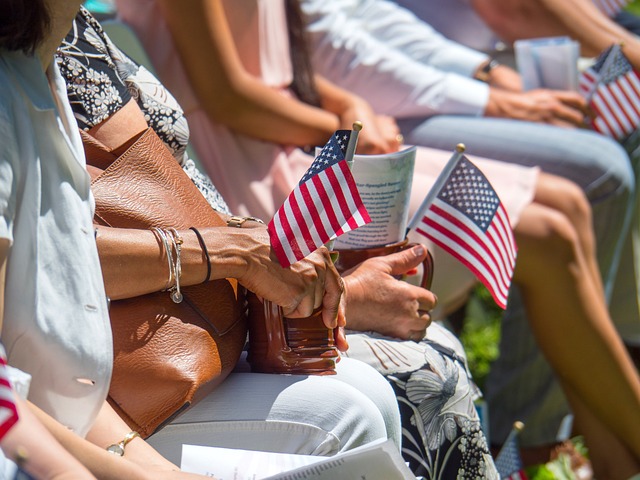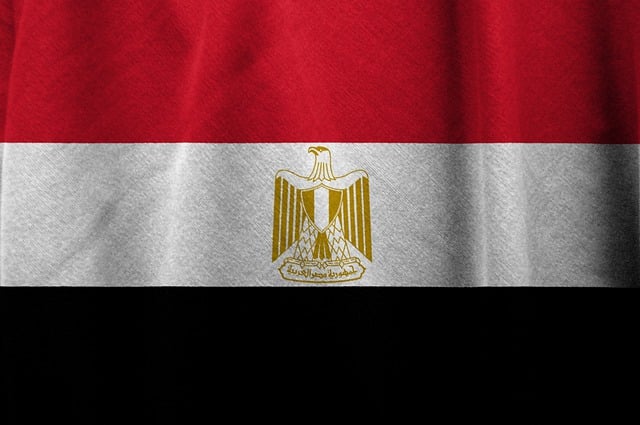The "We the People" American Flag is a powerful symbol of democracy and unity, featured in both the Constitution and its design. It represents the collective strength and diversity of US citizens, promoting a sense of belonging and shared purpose. This innovative flag design connects America's past, present, and future while emphasizing liberty and self-government, fostering unity among diverse voices for the preservation of guaranteed freedoms. Emerging during times of change, it sparks discussions and captures the spirit of unity, inspiring Americans from all backgrounds.
“Unveiling a powerful symbol of unity, this article explores the concept of ‘We The People’ on America’s iconic flag. Delving into the historical connection between the nation’s founding document and its emblem, we uncover how the opening phrase of the Constitution has inspired a unique artistic rendition.
From the bustling metropolis to folks across the land, this new flag design aims to revolutionize the way we perceive our shared identity. Discover how the creative process transformed into an innovative testament to the values that founded our great nation.”
- We The People: Understanding the Concept Behind the Flag
- The American Flag and Its Constitutional Connection
- Designing a Symbol of Unity: Creating the We The People Flag
We The People: Understanding the Concept Behind the Flag

The concept of “We the People” is at the heart of both the United States Constitution and its iconic symbol, the We the People American Flag. This phrase, found in the opening lines of the Constitution, encapsulates the fundamental idea of democracy and a united nation. When incorporated into the design of a flag, it serves as a powerful reminder of the principles that founded the country.
The flag’s depiction of “We the People” symbolizes the collective strength and unity of American citizens. It represents the diverse population, from all walks of life, coming together as one nation. This inclusive message is a cornerstone of American democracy, fostering a sense of belonging and shared purpose among its people. The design aims to capture the essence of a nation governed by and for its citizens, reflecting the ideals that have shaped the country’s identity and history.
The American Flag and Its Constitutional Connection

The American Flag, a symbol of national pride and unity, has an intriguing connection to one of the most foundational documents in U.S. history—the United States Constitution. At the heart of this link lies the opening phrase of the Constitution: “We the People.” This powerful statement encapsulates the essence of democracy and represents the collective will of the American people, who are the very foundation of this nation.
By featuring this phrase on a flag, it becomes more than just a piece of fabric; it transforms into a visual representation of the democratic ideals that define America. The We the People American Flag serves as a reminder of the power vested in the citizens by the Constitution, emphasizing the principles of liberty and self-government. It’s a powerful symbol that connects the past, present, and future of the United States, uniting diverse voices under a common cause—the preservation and protection of the freedoms guaranteed to every American.
Designing a Symbol of Unity: Creating the We The People Flag

The concept of a flag that encapsulates the essence of unity and democracy for the United States emerged as a powerful symbol during a time of political and social change. The creation of the “We The People” American Flag is a testament to the nation’s commitment to its founding principles, particularly the opening phrase of the Constitution: “We the People.” This flag serves as more than just a visual representation; it became a catalyst for discussion and a reminder of the collective power of its citizens.
Designers and artists embarked on the task of creating a symbol that would resonate with folks across diverse landscapes, echoing the bustling streets and vibrant tapestry of American life. The “We The People” flag was crafted to be inclusive, reflecting the mosaic of cultures and backgrounds that make up the nation. This design process was not merely about aesthetics but about encapsulating the spirit of unity in a way that could inspire and connect Americans from all walks of life.
